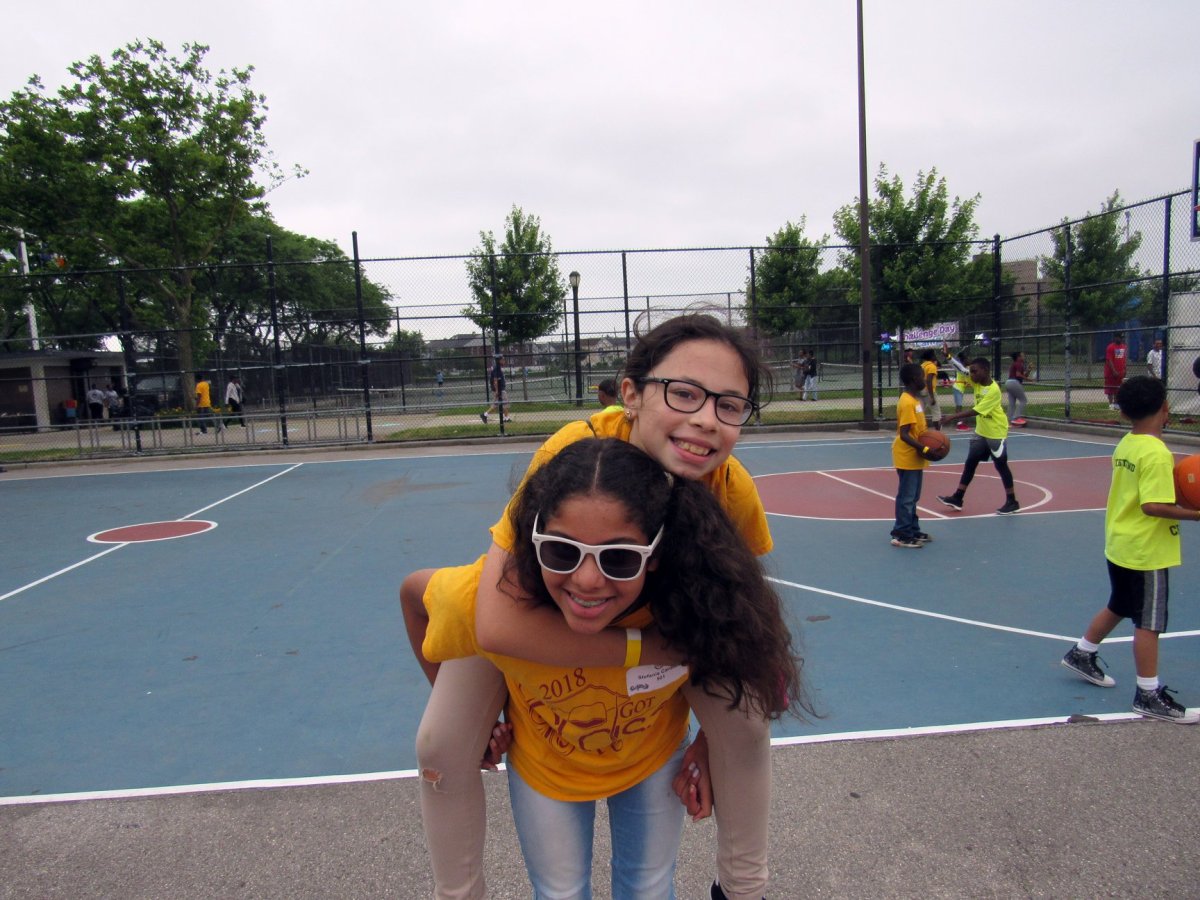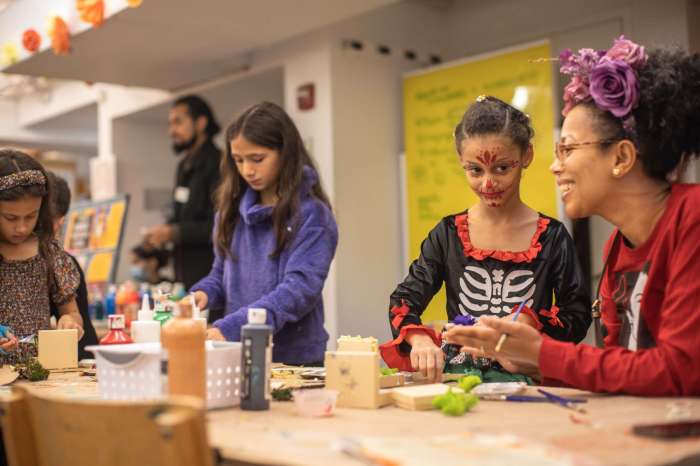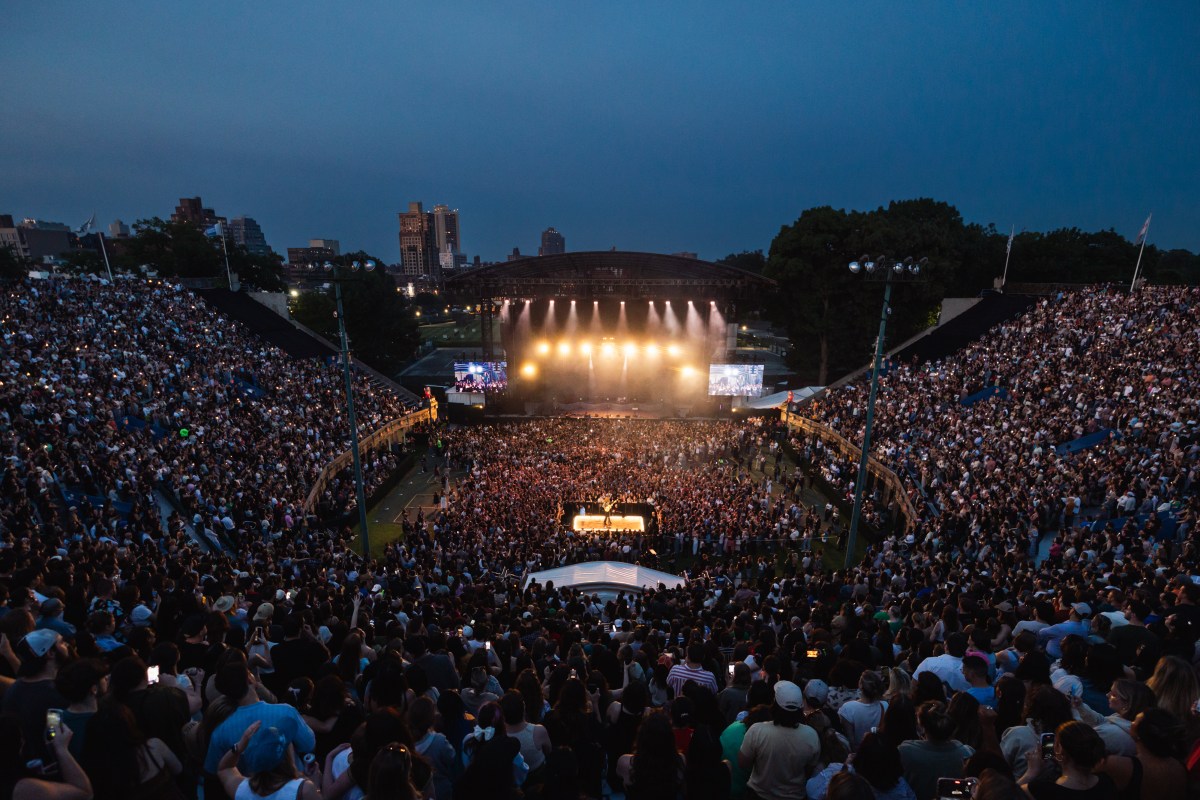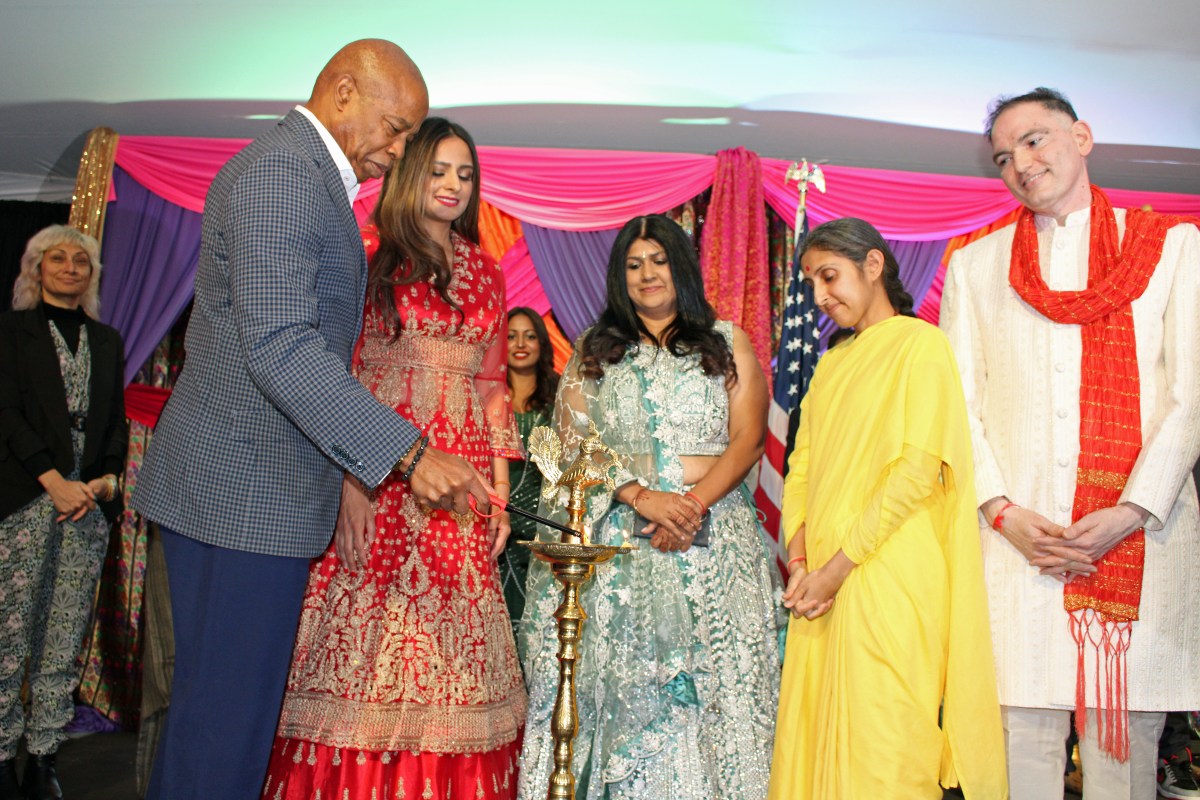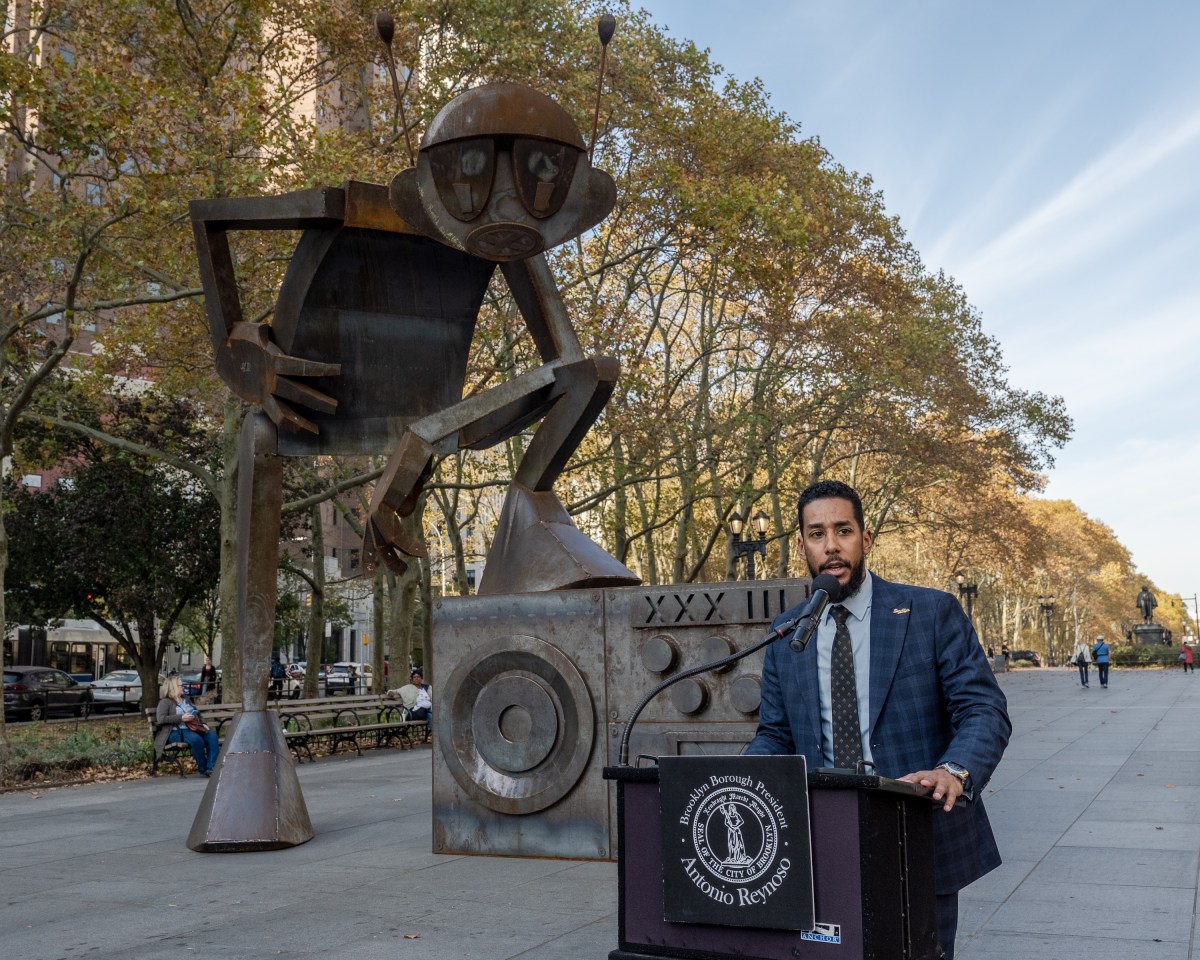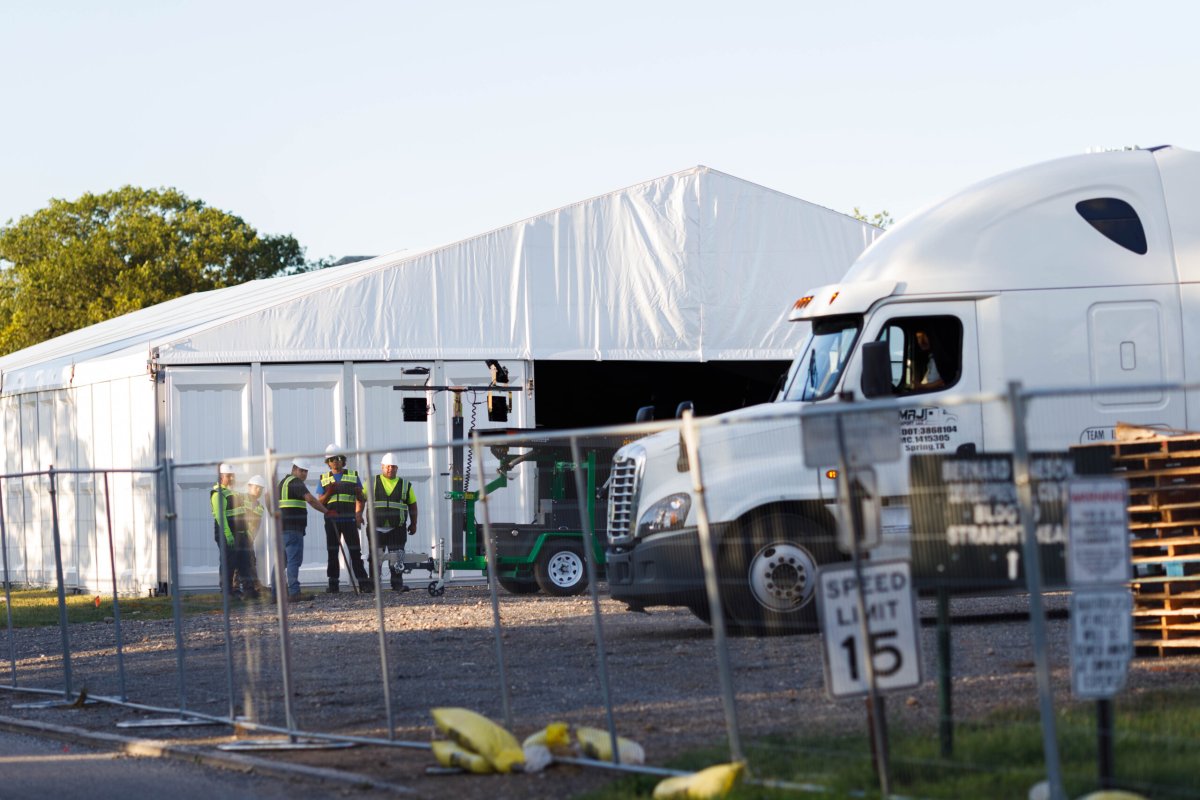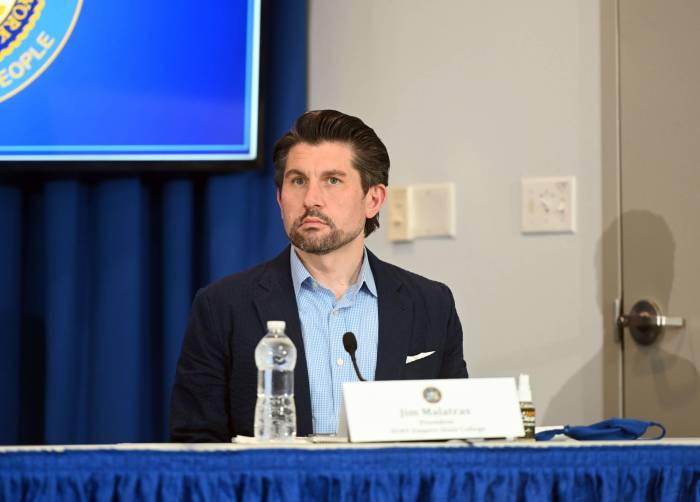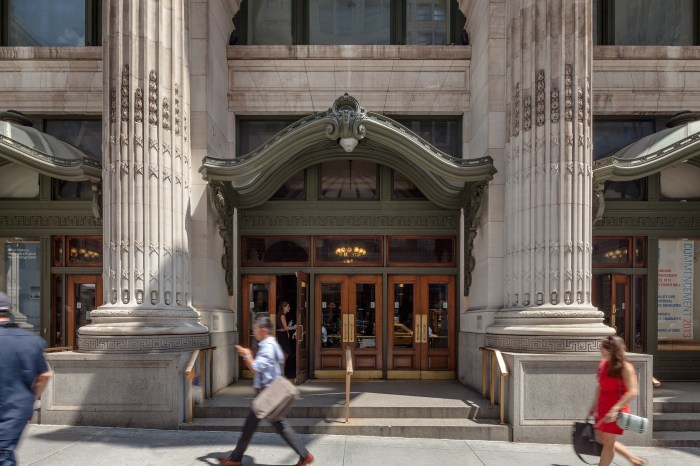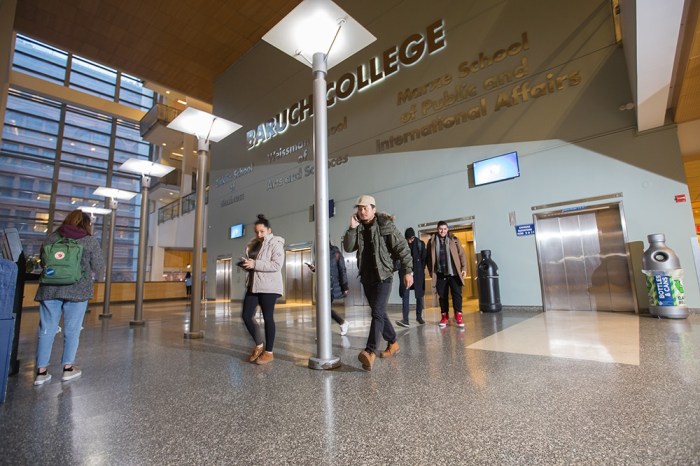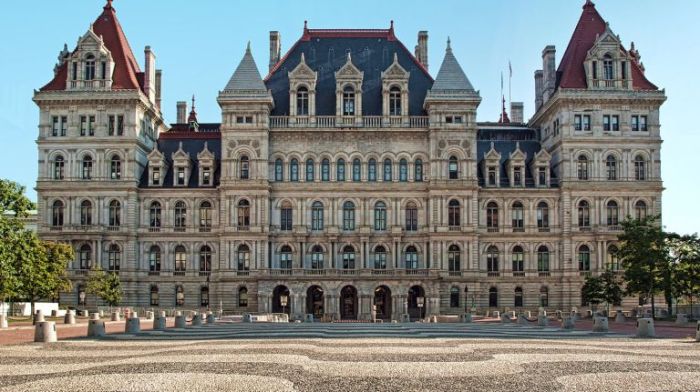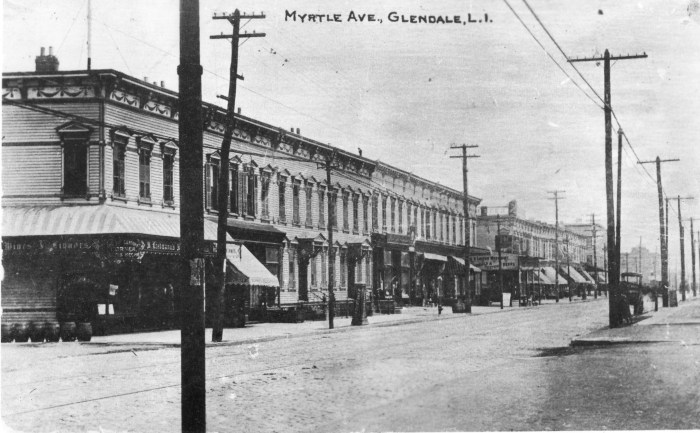With 272 charter schools throughout the five boroughs of New York City, many parents are wondering what exactly makes a charter school different from a more traditional public school.
If there are drastic differences or benefits between public and charter schools that suit their children’s learning styles, is it a good idea to make the switch? And what exactly is a charter school?
According to the National Alliance for Public Charter Schools, charter schools receive government funding but operate outside the previously established school system in the area where the charter school is physically located. They maintain independent operation from traditional school districts, giving them freedom “to design classrooms that meet the students’ needs.”
The New York State Education Department (NYSED) reports that approximately 145,000 NYC students are enrolled in charter schools – roughly 14% of all NYC students.
Charter schools in NYC also encourage a diverse enrollment of students. According to the NYSED, in the 2020-21 school year half of the student body in the NYC charter school system identified as Black and 40% as Latinx. Additionally, 79% of charter school students are economically challenged, 8% are multilingual and 9.3% live in temporary housing.
“[Charter schools] employ many many Black and Latinx educators,” said James Merriman the CEO of NYC’s Charter school system on Jan. 13. “I think increasingly we are having a ‘moment’, and I think people are beginning to realize that while it is fine to have a white teacher and white administrators, it is so important that Black students see people like them in positions of leadership in front of the classroom, who understand some of the struggles that kids come into school with.”
Since charter schools do not operate in any of NYC’s established public school systems, they are able to implement certain rules and regulations that other public schools in the area are not – especially COVID-related protocol.
“Charters are overseen by an independent board of trustees, which itself is overseen usually by one of three entities in New York City – either by the board of education, by the NYS education department Board of Regions and also by the Charter School Institute of the SUNY Trustees,” said Merriman.
Because of this, charter schools are not governed by the NYC Schools Chancellor or the Department of Education, and each school is able to make independent decisions regarding the safety of their students as the COVID-19 pandemic continues to spread.
“Charter schools have to follow the same health and safety regulations that district schools do,” said Merriman. “They follow what the department of health NYC and NYS tell them to do in terms of testing, vaccination. social distancing. But on the other hand, they can also make their own decisions about whether it makes more sense to go virtual. Many of the charters – not all – stayed open, but many decided that they would hold the first two weeks of class virtually.”
Charter schools are designed to accommodate the individual learning needs of students, and this includes students in need of special education.
“At the NYC Charter School Center we actually have a collaborative which almost every charter school belongs to better provide special education,” said Merriman. “Providing special education well is very very difficult, but charter schools are stepping up to that and have basically the same rates of students who are identified as needing special education as those in district schools.”
With five more charter schools being planned to open in the coming year, it is clear that the popularity of charters is increasing.
“We are trying to make sure students actually get the services they need, and beyond that succeed as we hope all students do,” said Merriman.



